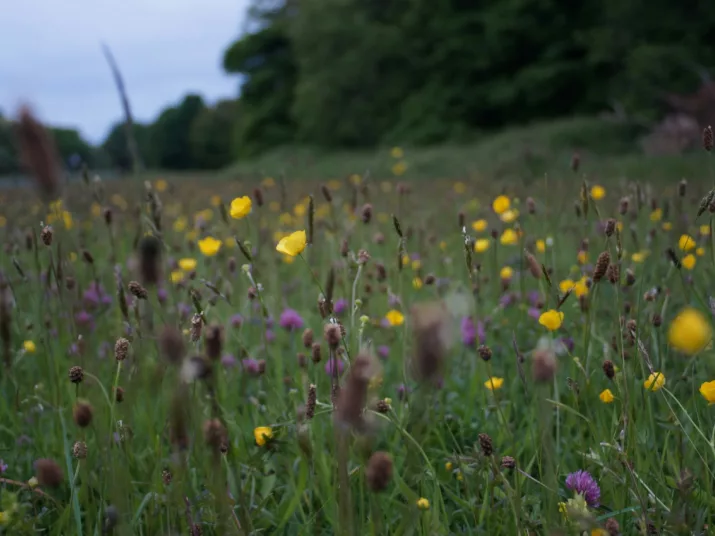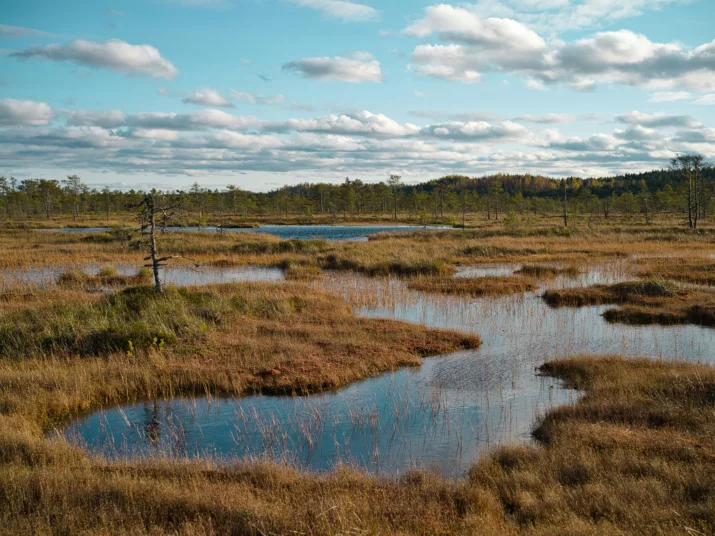
Biodiversity
Farming or flora?
The decline in biodiversity is one of the greatest challenges of our time. Populations of many animal and plant species are shrinking worldwide. Agriculture is a key driver of this crisis. How can agriculture and nature conservation go hand in hand in the future?
Humans have been changing the landscapes in which they live for a long time. Forests have been cleared and moors drained to make room for fields and pastures. This has had a serious impact on the habitats of many animals and plants. Almost half of the land area that was once covered by forests, natural grasslands and shrub vegetation is now used for agriculture. And the demand for agricultural land continues to grow. In tropical regions, such as the Amazon, particularly species-rich habitats are under threat.
It is not only the expansion of agriculture that is reducing habitats - the agricultural landscapes themselves are also increasingly losing their diversity. They are becoming more and more uniform, and refuges such as hedges and flower strips are disappearing. Added to this is the intensive use of fertilizers and pesticides - with sometimes serious consequences for insects, soil and water.
Yet we need biodiversity - also and especially for agriculture. Intact soils, pollinating insects, natural pest controllers and clean water are the basis of any sustainable food production.
The good news is that there are ways out of the crisis. There is a growing realization worldwide that we need to think about food security and nature conservation together. Many people are familiar with the 1.5-degree climate target - but have you ever heard of the “30 to 30” target? The international community has set itself the goal of protecting at least 30% of land and sea areas by 2030. Currently, only 16% of land and only 8% of the sea is protected. The EU also wants to take action and restore a fifth of all degraded ecosystems by 2030.
Something must also be done in agriculture. Agricultural policy is an important lever: it can provide farmers with targeted support to promote biodiversity - for example through incentives for flowering field margins, mixed crops or agroforestry systems. Modern technologies such as sensor technology or AI-supported robotics also help to use fertilizers and pesticides in a more targeted and economical way.
But we as a society and as individuals are also in demand. Our consumption influences how much land is needed for agriculture. If we eat more plant-based products and waste less food, there will be more space for nature. And we can also create and preserve habitats on a small scale - in our gardens, for example.


